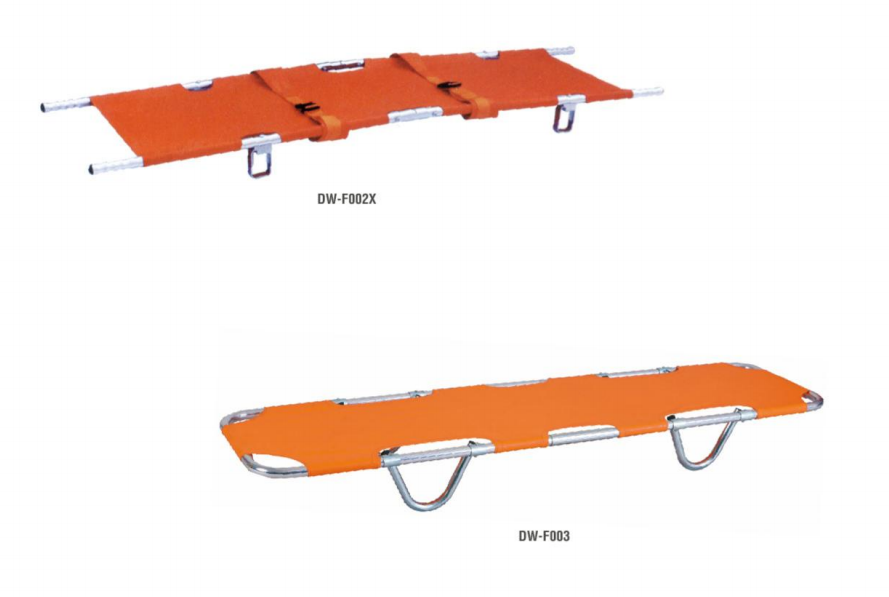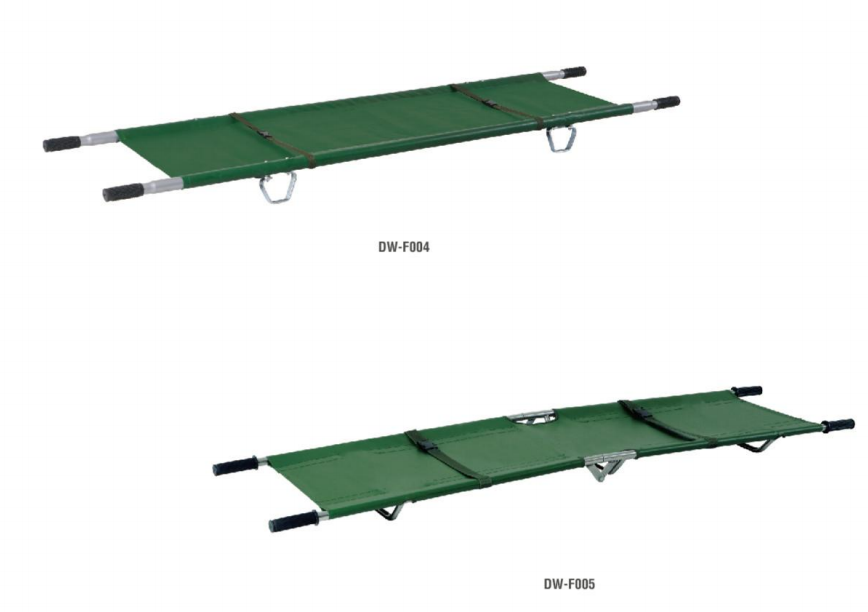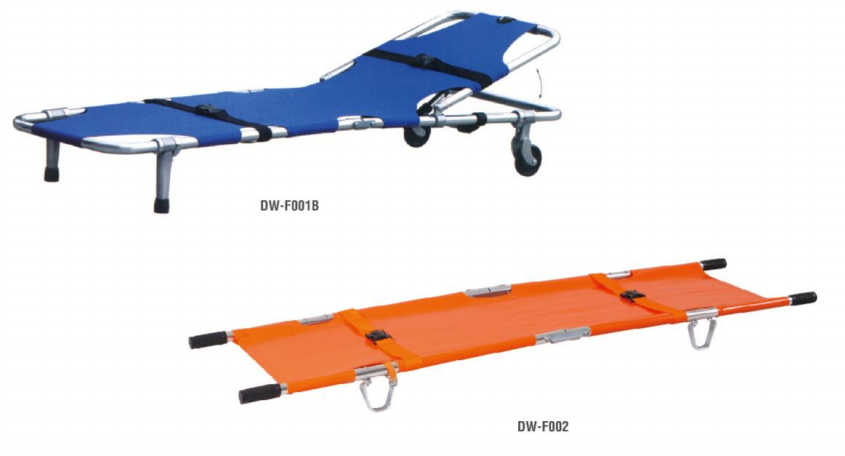Rescue stretchers are essential for safely transporting patients during emergencies. Engineered for strength, mobility, and patient comfort, they enable rapid evacuation and seamless care transitions.
Durable Construction
Built with aircraft-grade aluminum or stainless steel frames, these stretchers support 500–750 lbs, ensuring stability on rough terrain. Non-porous surfaces resist damage and reduce friction, protecting patients from abrasions. Corrosion-resistant finishes suit aquatic or humid environments.
Adaptable Mobility
Large 10–12-inch pneumatic or foam-filled wheels absorb shocks and provide traction. Telescopic handles adjust to rescuers' heights, while stair-climbing models feature tracked systems for safe vertical transport. Foldable handles aid compact storage.
Patient-Centric Features
Quick-release restraint straps secure patients, and adjustable backrests (0–85 degrees) improve respiration. High-density foam mattresses with antimicrobial coatings cushion pressure points and prevent infections.
Multifunctional Design
Stretchers double as treatment platforms with IV poles and monitor mounts. Standardized dimensions ensure easy transfer between ambulances and hospital gurneys. Removable, autoclavable trays simplify disinfection.
Regulatory Compliance
Adhering to ISO 13485, EN 1865, and ASTM F1897, these stretchers meet strict quality and safety standards. Their long lifespan (5–8 years) and low maintenance costs offer both reliability and cost-effectiveness, making them crucial assets in emergency medical services.


